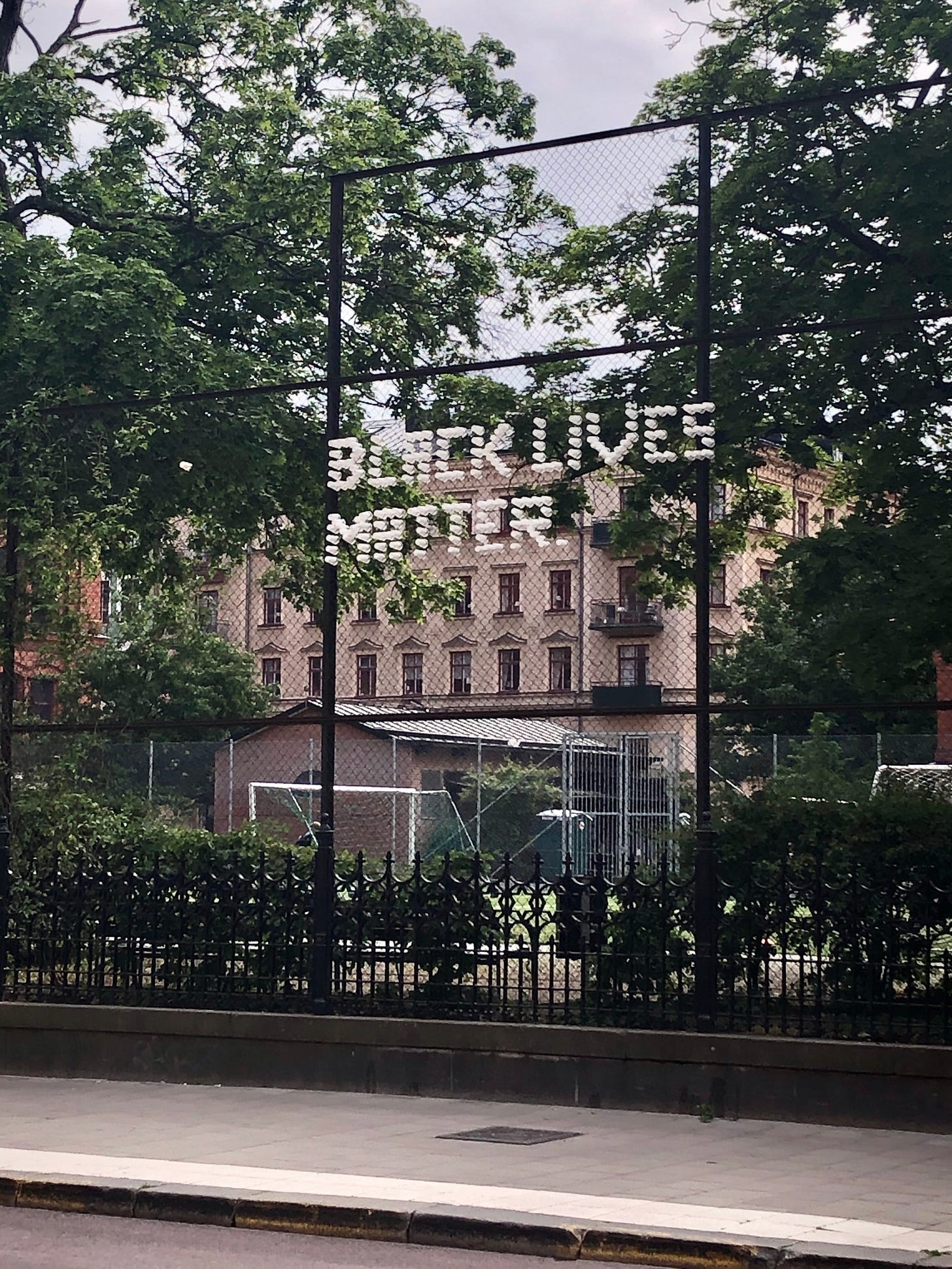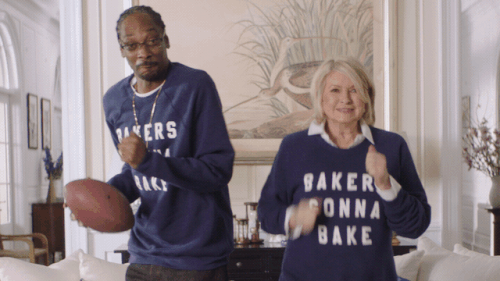An editor’s best friend is their style guide. It becomes the first resource that you check when editing; until you reach the stage where the style is ingrained in your brain.
I find it fascinating when major media outlets or key style-setters makes changes to their guides, as it can give a clear indication of the importance of certain changes in society.
The past few weeks have seen a number of them making the important change of now specifying that Black should be written with a capital B.
The Chicago Sun-Times, the LA Times, Buzzfeed and more have made this adjustment in recent weeks. The Columbia Journalism Review already dictated this style, arguing that Black should be capitalised and white not because white is just a skin colour rather than an ethnic designation. The Associated Press made the change to its style guide at the end of last week. Interestingly, the widely used Chicago Manual of Style states that it should be up to the author or the publication to choose whether to capitalise or not.
The case for capital B is not new. In 1878, Ferdinand Lee Barnett, the husband of NAACP co-founder Ida B. Wells, wrote an editorial calling for the capitalisation of Black, while civil rights activist W.E.B. DuBois stated in 1898: “I believe that eight million Americans deserve a capital letter.”
When I said that changes to style guides were a demonstration of major changes in our society, I forgot to mention that sometimes they can take a century and a half…
Books, books, and more books
Rather than give my opinions on the books I’ve been reading this past month, I have compiled a list of books by BAME writers.
Over on Instagram, Ideal Bookshelf has some great posts on books to read, all drawn in beautiful detail.
Good Reads has provided an extensive list, covering all genres.
Late last year, Cosmopolitan provided a list of 49 books from 2019 or to be released in 2020, including Hood Feminism by Mikki Kendall, which I have heard a lot of people praising, and the English translation of Timbuktu’s memoir.
If classics are your thing, then there are 100 on this list to discover.
And for the non-fiction junkies, here are some that are being recommended to help improve allyship:
Me And White Supremacy - Layla F. Saad
How to be an Antiracist - Ibram X. Kendi (and also Stamped: Racism, Antiracism, and You.)
Although written by a white author, White Fragility by Robin DiAngelo has been recommended as a good place to start learning about systemic racism.
The New Jim Crow by Michelle Alexander explores the US legal system and its biases against POC.
White Rage by Carol Anderson has been adapted into a YA version called We Are Not Yet Equal by the author and Tonya Bolden.
Why I’m No Longer Talking to White People About Race by Reni Eddo-Lodge takes a searing look at racism in the UK.
And So You Want to Talk About Race by Ijeoma Oluo does likewise with the US.

Art installation in Stockholm by Patrik Qvist (Photo by me)
A health PSA
It seems facile to talk about myself while all around us people are fighting for their rights or fighting against COVID-19. However, I want to share something that has happened to me as it might also help some of my short-sighted crowd.
Since I was a child, I’ve been short-sighted (myopic). And my eyesight only grew worse and worse during school and university. Every time I chose new glasses I had to consider frames that would try to disguise the milk bottle bottom lenses that I needed.
So, here I am going to warn you that it gets a bit icky from here on, so if you are squeamish and don’t like eye-related things, feel free to close this email now.
TL;DR: if you are very short-sighted, please, please, please, take good care of your eyes. Don’t rub them too hard, make sure that children don’t elbow you in the eye too often, and if you are worried about anything with your eyes or your sight, please don’t delay. Make an appointment with an optician right away.
So, for those brave souls who have carried on reading, I’ll continue the story.
The other thing that invariably happened at an eye appointment was that the optician would give me a warning about the potential for my retina to detach (a real concern when you are severely short-sighted - don’t google it; it’s not pretty).
Finally, almost five years ago, at the grand old age of 39, I bit the bullet and had eye surgery. I wasn’t a candidate for laser surgery (too thin corneas) but I was able to have ICL. The best way to describe this is that they insert a “contact lens” into your eye. (Don’t think about it too much and, again, don’t google it. I mean it.)
Thirty minutes after surgery, when the meds had worn off, I was ready to go home and rest. And the next day, when they tested, I had 20:20 vision. And I have passed every subsequent eye test with flying colours.
The thing is, though, myopia is not curable. It’s a condition caused by the eyeball growing too long, and nothing can fix that. Laser and ICL surgery can only correct your vision, but not the shape of your eyeball. The risk of issues with your retina persists.
I am sure you can imagine where I am headed with this. Well, it’s not all bad. Because my retinas are still attached. So there’s that.
What I have managed to do is make a small tear in the retina of my right eye.
How did I find out I done this, you ask? Back in March, I started noticing a strange blob in my vision. It looked like a small droplet of water right floating over words as I read and distorting them. And with my eyes closed, I could see that small blob as a green or purple patch - as if I had stared at the sun too long.
At first, I thought that it must be something stress-related, perhaps I was getting too worried about COVID-19? Or that it was caused by not getting enough sleep. But by the end of May, it hadn’t got any better, so I made an appointment at the clinic where I had my surgery.
I ended up spending almost two hours at what should have been a 15-minute appointment before they booked me to see the specialist early the next morning. And that’s when I found out that I have made this tear in my retina, which has started to heal but has left a scar. The scar is what appears as a blob distorting my vision.
And the thing about scars on the back of your eyeball is that they can reduce in size but they don’t ever disappear.
On the plus side, I still have 20:20 vision in my left eye. And, from what they can tell, my vision would still be 20:20 in my right eye if I didn’t have this scar obscuring my near sight. At least this means that my long sight is unaffected and I am still able to drive (and, presumably, operate machinery, should I wish). The distortion only affects my reading. But also, it affects my reading.
I am due to go back in July for a check-up to ensure that nothing more sinister is happening, but the path from here is to find a way to live with the distorted vision in my right eye.
And how did I manage to make a tear in my eye? Honestly, I am not sure. Perhaps it was from messing about with the boys. Their games tend to get boisterous and I have been the victim of an elbow to the face more than once. But I don’t remember this happening in March. What I do remember is that the pollen season started and my eyes were affected, and I remember rubbing them. And I also remember the two days that I wore sunglasses whenever outside because my right eye was so bloodshot.
It seems crazy to think that something so simple could possibly be the cause.
But that’s why I wanted to pass on this information; not to scare people but as a cautionary reminder that our eyes are pretty fragile. Take care of them, please.
And because I don’t want to end on a depressing note, I’ll leave you with Snoop and Martha.





